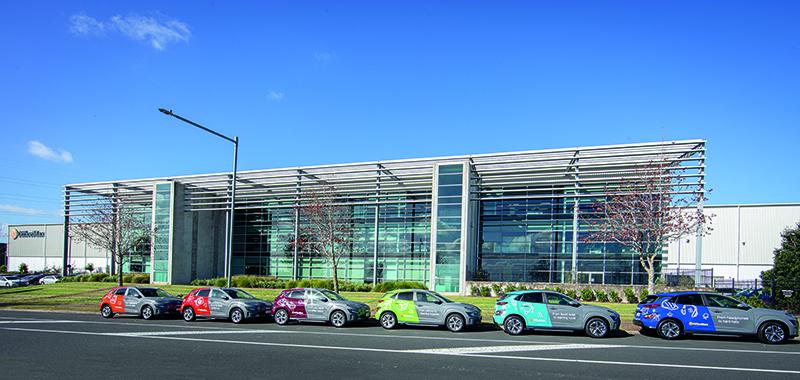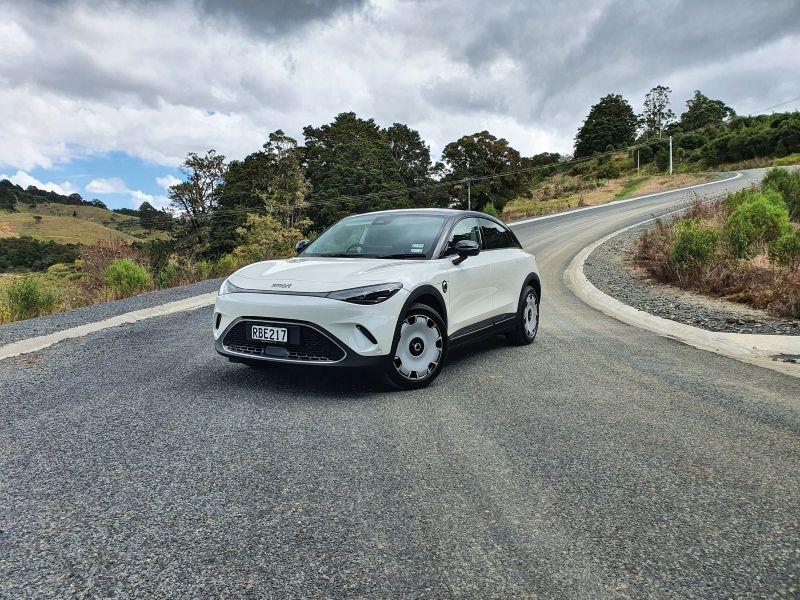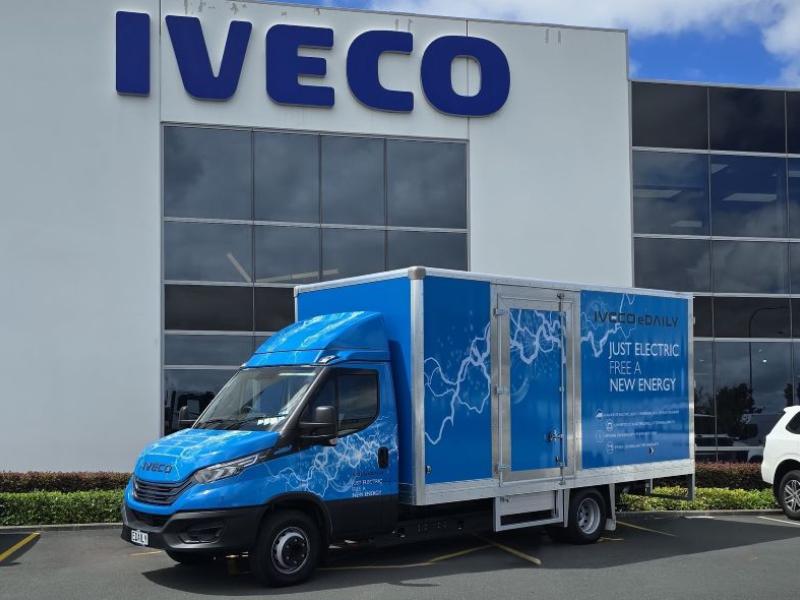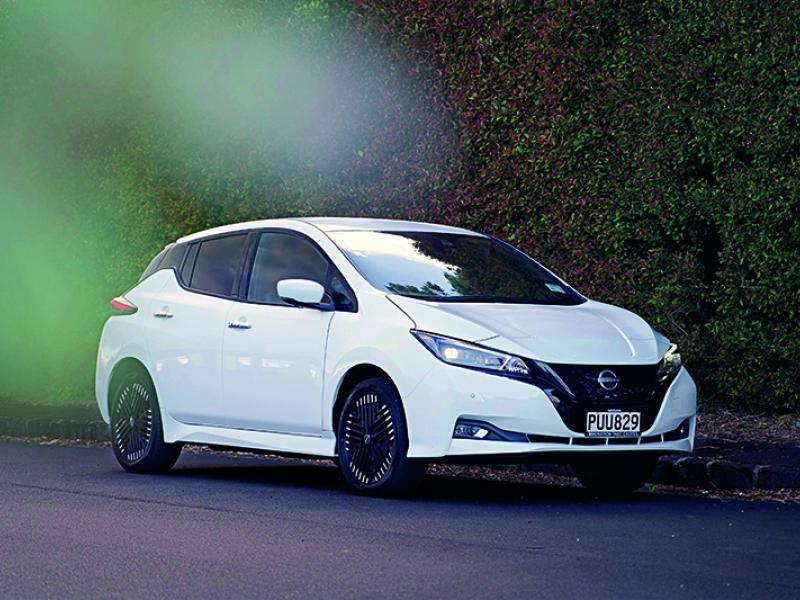It was lengthy because the company had to undertake some significant pre-planning and prepare their drivers for the changeover from 105 petrol-powered vehicles to 95 fully electric and hybrid LEVs.
FleetPartners helped when it came to the nuts and bolts of the transition, but OfficeMax already had a pretty good handle on how to overcome a raft of anticipated challenges with Day Drives, internal surveys and a commitment to personalise charging stations at employee homes as well as at work.
All OfficeMax Hybrid and EVs are leased, although the lease terms differ between hybrids and EVs. The hybrids are leased for four years, while the EVs are leased for five years.
This was done, explains Office Max Chief Financial Officer, Ben Norrie, in anticipation of increasing the EVs on the fleet. “We expect to replace the hybrids with EVs a little faster, assuming the EV/battery technology keeps moving forward at the pace it is.”
This is all in keeping with OfficeMax’s drive to reduce its carbon footprint. “We have a corporate citizen plan moving forward to reduce our CO2 output in stages. We’ve achieved our first reduction target of 25 percent for Scope 1 and 2 emissions, reducing those emissions by 48 percent from 2019 to 2022. We’ve now decided to target our fleet as a fast and easy way to reduce Scope 1 and 2 emissions further.”
“We project a 50 percent reduction of fleet-based emissions, which is forecast to contribute up to 30 percent further reductions in our Scope 1 and 2 emissions, giving us a good start, on the next phase.”
So, the decision to replace the ICE fleet with EVs and hybrids was the right one – did it all go according to plan?
Ben is enthusiastic with his response: “We had no supply issues with the vehicles and the transition – thanks to a well-considered approach to addressing staff concerns beforehand – went very smoothly. Our staff are pleased with the choices made and the processes associated with the move to more environmentally considerate vehicles.
Does that include range anxiety on the part of the drivers? “Actually,” says Ben, “range anxiety was an obstacle we overcame very quickly. The vehicles all exceed 300km real-world range, which is more than enough for our people.
“The biggest process adjustment was re-educating our drivers about refuelling/recharging. Rather than waiting until the tank is empty to refuel, our drivers have had to learn to ‘snack’ fuel. Whenever they can put their EV on charge they take it.”
And that is why OfficeMax installed chargers at work and in some homes. “We wanted to ensure as many of our people were able to adopt EVs without any barriers and originally intended to install chargers at our driver’s homes,” says Ben, “but there were some challenges such as rental properties and some geographical challenges where the power outlet was too far from the power supply.
“We had to implement a qualification programme as a result. Even those who didn’t qualify for the home chargers still had the option to take on an EV as their vehicle of choice.”
We asked if there had been any issues around reimbursing staff for power supplied by them. This, explains Ben, was handled effectively through RFID units which automate the charging, erm, charges.
“It’s not a tracking system per se,” Ben elaborates, “and our vehicles all have telematics in them anyway which the drivers all know about. We have had telematics in place for a while now, and we will shortly be undertaking driver training as part of our commitment to our driver’s safety.”
As far as any cost savings of the transitional exercise, it’s still early days from Ben’s perspective, though obviously, OfficeMax’s fuel bill has seen a significant reduction.
“Our fuel costs have come down to about a third of what they were,” says Ben, “and frankly, I’m expecting them to drop further. As far as the servicing costs are concerned, we haven’t had any of the vehicles go in for servicing, but I expect those costs to be considerably less than what they were as well.”
The big takeaways from the entire exercise are that 1, a rapid and effective reduction in carbon emissions and business costs can be demonstrably achieved by transitioning a corporate fleet from an ICE to an EV and hybrid one and 2, the best results of such a transition are achieved through a concerted effort on the part of management to encourage buy-in from staff.






